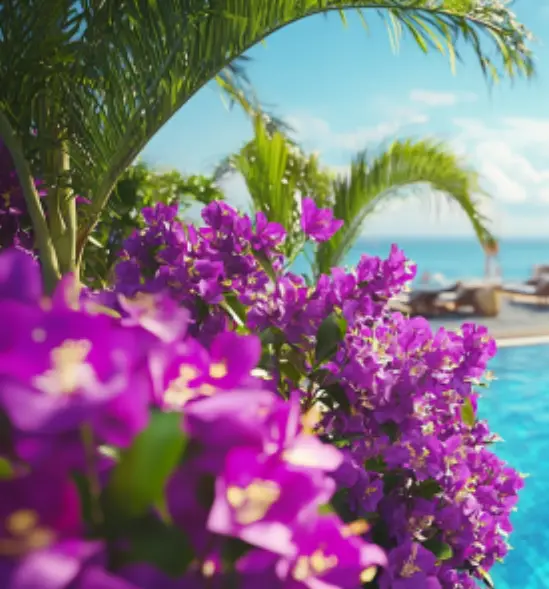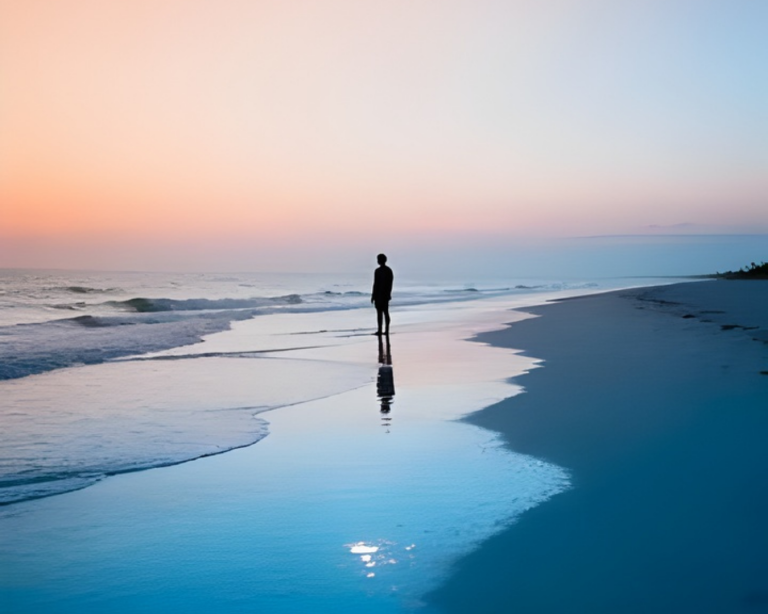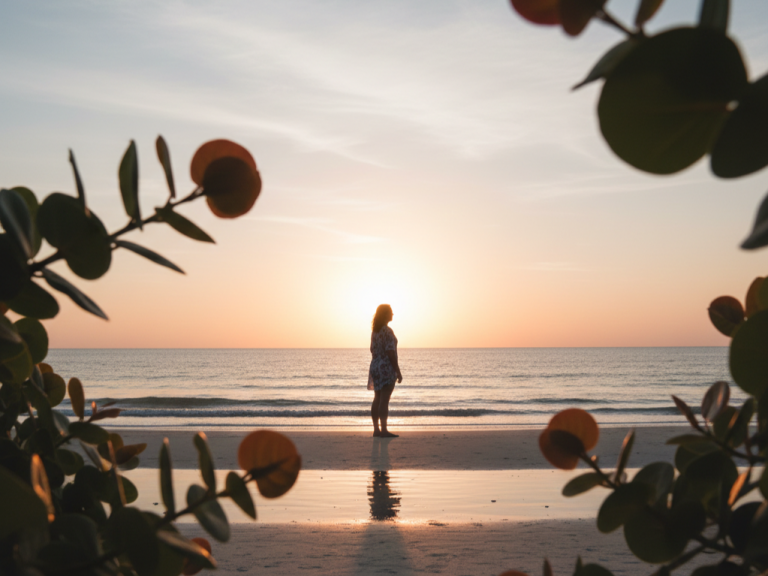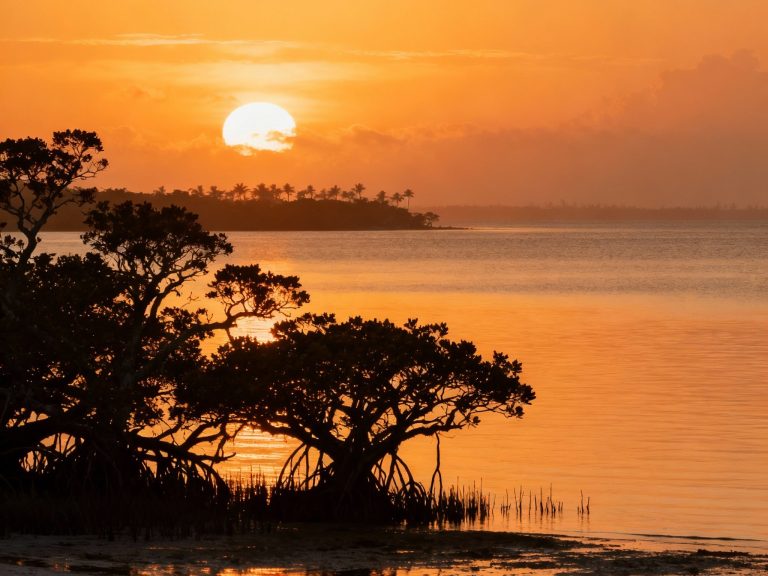Sanibel Island is a lush sanctuary filled with vibrant plant life, from towering mangroves to blooming tropical flowers.

Sanibel Island isn’t just known for its pristine beaches; it’s also a treasure trove of stunning flora that adds to its natural charm. From the resilient mangroves lining the shores to the colorful blooms that thrive year-round, the island’s plant life offers a unique glimpse into its rich ecosystem. Whether you’re a nature enthusiast or a casual observer, exploring Sanibel’s lush greenery promises a refreshing and inspiring experience.
1. Mangroves: The Island’s Natural Guardians
Mangrove forests are a crucial part of Sanibel Island’s ecosystem. These unique trees thrive in the coastal environment and play an important role in protecting the island from erosion.
- Types of Mangroves: Sanibel is home to three types of mangroves: red, black, and white mangroves. Each type plays a different role in supporting wildlife and maintaining the island’s coastal health.
- Wildlife Habitat: Mangroves provide shelter for a variety of wildlife, including fish, birds, and invertebrates, making them vital for biodiversity.
2. Native Wildflowers and Tropical Plants
Sanibel Island is also known for its vibrant wildflowers and tropical plants, which add color and beauty to the landscape. Many of these plants are well-suited to the island’s subtropical climate.
- Types of Wildflowers: You can find plants like the bright yellow Golden Aster, the soft pink Lantana, and the striking Sea Oats, which grow along the beaches.
- Tropical Trees: The island’s tropical trees, including coconut palms and gumbo-limbo trees, add to the unique visual appeal of Sanibel’s environment.
3. Palm Trees: A Symbol of Sanibel’s Identity
Palm trees are an iconic feature of Sanibel Island, with several species dotting the landscape. These trees are perfect for the island’s tropical climate and provide shade and beauty.
- Popular Species: The Sabal Palm, Florida’s state tree, is commonly seen on the island, alongside the iconic Coconut Palm and the Royal Palm.
- Palm Benefits: Not only do these palms offer scenic beauty, but they also provide important habitats for local wildlife.
4. Sanibel’s Unique Ecosystem
Sanibel Island’s plant life thrives in the island’s unique ecosystems, which range from coastal dunes to inland swamps.
- Coastal Dunes: The dunes are home to a variety of salt-tolerant plants, including Beach Morning Glory and Sea Oats, which help stabilize the sand.
- Wetlands: Inland swamps and marshes provide a perfect environment for plants like the Pickerelweed and Bulrush.
Fun Facts
- Sanibel’s soil is rich in organic material, allowing for the lush plant life that thrives here, especially during the rainy season.
- Tropical plants like Hibiscus and Bougainvillea are a common sight on the island, adding vibrant colors to gardens and public spaces.
- Mangroves on Sanibel Island have been known to filter pollutants and improve water quality, benefiting both the local wildlife and human visitors.
- The Coconut Palm on Sanibel can grow up to 100 feet tall and is often seen lining the island’s beaches.
Conclusion
Sanibel Island is a true sanctuary for nature lovers, offering a diverse range of plant life that supports both wildlife and the local ecosystem. From the vital mangroves that protect the island’s shores to the beautiful palms and wildflowers that paint the landscape, the island’s flora creates a unique environment that captivates all who visit. Whether you’re exploring the coastal dunes or simply strolling through the island’s trails, the natural beauty of Sanibel is something truly special.
Thank You
Thank you for taking the time to learn about the incredible plant life that makes Sanibel Island so unique! We hope this insight into the island’s natural wonders inspires you to explore even more of what Sanibel has to offer. 🌿💚
Quiz
Credit to @Sanibel Island Go
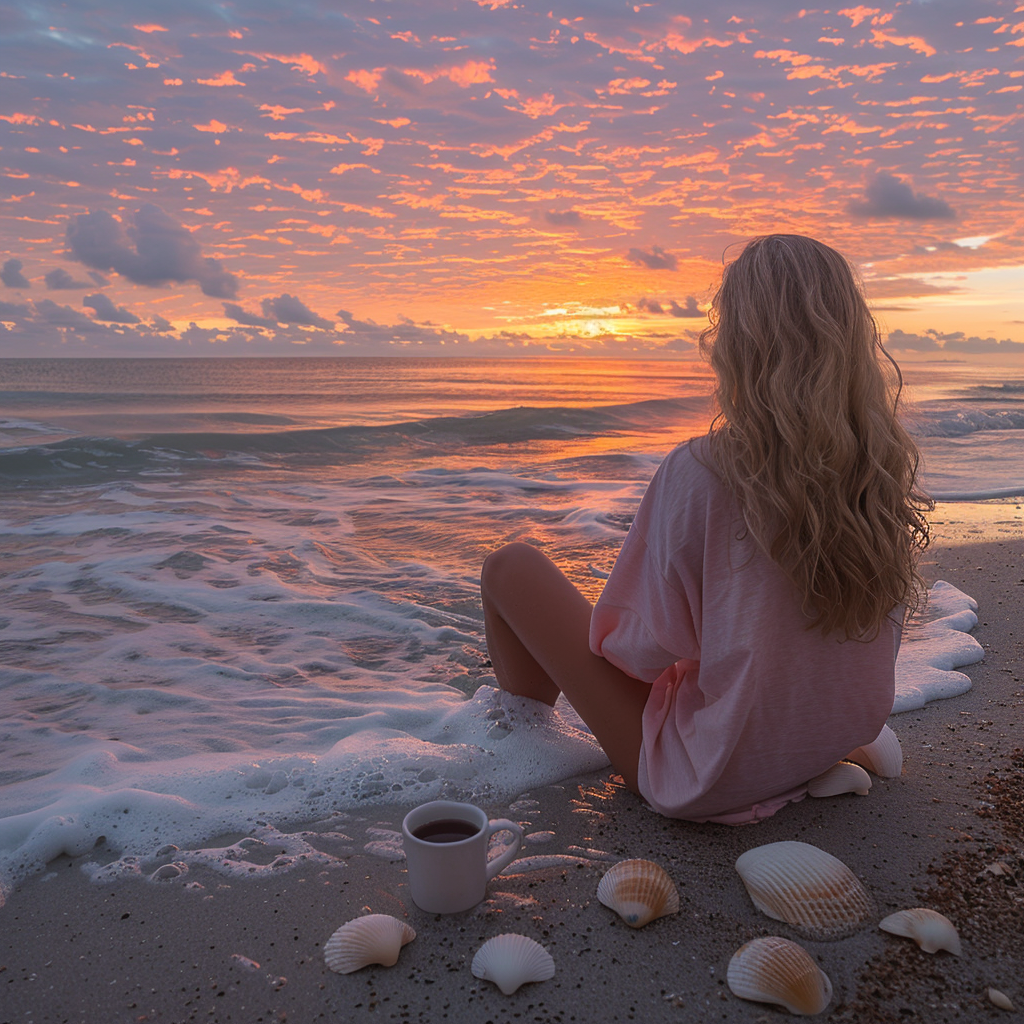
I’m Ayla Wolesky, and I’ve spent years exploring every corner of Sanibel Island. From its pristine beaches to the hidden gems only locals know about, I’m passionate about sharing everything this beautiful island has to offer. Whether it’s the best spots for shelling, the wildlife that makes Sanibel so special, or where to enjoy a perfect sunset, I’ve got you covered. My goal is to provide insider tips and up-to-date information that will help you experience Sanibel Island like never before.


